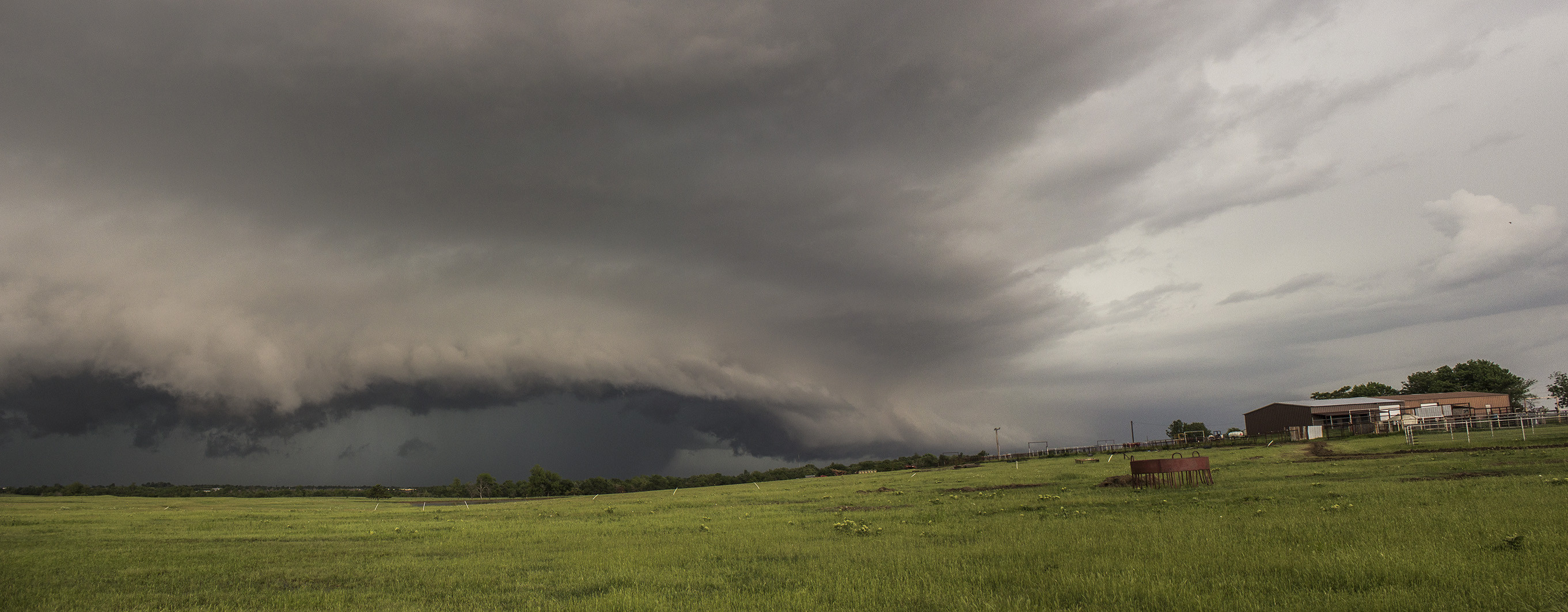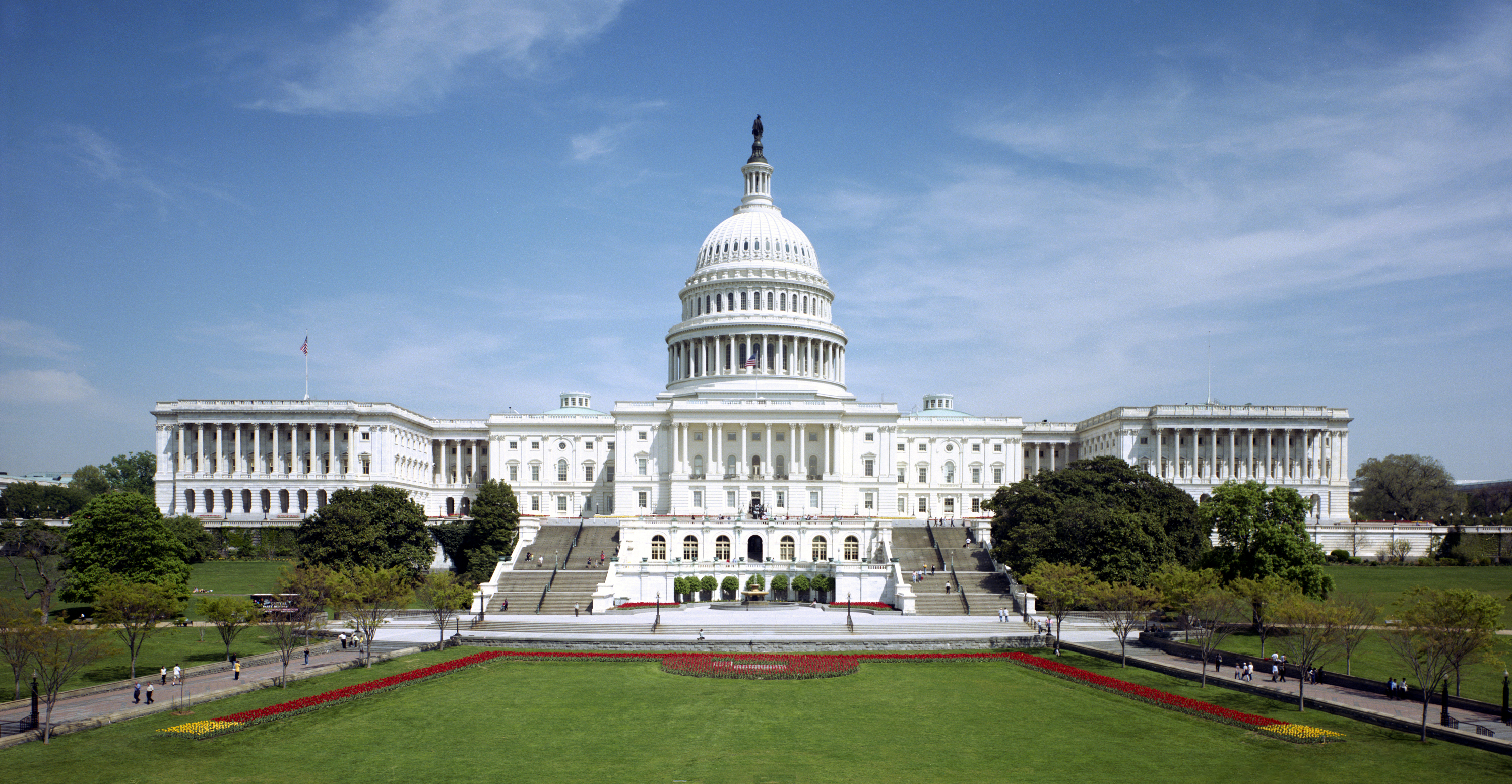Originally published at American College for Environmental Lawyers
Cross-posted with permission from the author
Roughly every five years, Congress revises and renews the Farm Bill to fund our nation’s food security, nutrition, and farm conservation programs. The 2018 Farm Bill, which passed with large bipartisan majorities in both chambers, is surprisingly climate-conscious. Its successes will serve as a foundation upon which future more aggressive climate-smart farm policy can be built.
The Farm Bill’s climate change benefits stem from a number of provisions that incentivize more climate-friendly practices. For example, the Farm Bill’s federal crop insurance program will now allow — rather than discourage — greater use of cover crops, a practice that has well-proven climate and water quality benefits. This program, which is now the primary federal subsidy to industrial farming, has often inhibited the use of climate-friendly practices such as cover crops and longer crop rotations, while at the same time encouraging planting on marginal lands, which are better suited as habitat for wildlife, buffers for streams, and carbon sinks. The 2018 law takes steps to end these perverse incentives.
The Conservation title of the bill contains a number of programs that will help curb climate change. This title continues to provide about $6 billion annually to the Conservation Reserve Program, the Environmental Quality Incentives Program, and the Conservation Stewardship Program, all of which saw modest improvements in the 2018 Farm Bill. The changes to EQIP, which generally provides a 75 percent cost-share for installation of approved conservation measures, best illustrate how these traditional programs can pay climate and environmental dividends, with the added twist of garnering the support of fiscal conservatives.
EQIP data from USDA indicated that only 14 percent of EQIP funding went to conservation practices identified as producing the most environmental benefits. To turn the tide, the new law allows states to identify 10 highly effective conservation practices to be eligible for a greater financial incentive. Since climate change induced farm losses harm both the farmer and the taxpayer — for example, climate-driven natural disasters in 2012 incurred $17.3 billion in crop insurance payments – shifting to more efficient practices is a sound fiscal move as well.
The Bill also increases funding for organic farming and for a range of practices that help store carbon in the soil and emit fewer greenhouse gases. It also lowers the set-aside for EQIP funds for livestock operators from 60% to 50%, which is critical since livestock operations are responsible for about 80 percent of agriculture’s climate change impact.
CRP pays farmers to take environmentally sensitive land out of production for 10 to 15 years. Because producers often bring their CRP acres back into production when the contract expires, releasing any carbon stored in the soil during the off years, the benefits are often only temporary. The bill supports climate-friendly practices like riparian buffer and prairie strips and authorizes 30-year contracts on a pilot basis. The law also provides a minimum number of acres to be enrolled in the program that targets the most environmentally sensitive lands and pays producers to establish tree and grass buffers along streams. These water quality provisions both have a climate impact and create a precedent for more climate-change-focused amendments in the future.
Finally, the 2018 Farm Bill increases Conservation Stewardship Program payment levels for cover crops, resource-conserving crop rotations, and management-intensive rotational grazing – all of which reduce water pollution, help slow climate change, and help producers weather climate change. It also establishes a soil health demonstration program, funded at $15 million, setting a good precedent for larger future action by the federal government and states.
The same provisions that fight climate change, will also encourage practices that protect the drinking water of millions. Industrial-scale agriculture — the large chemical-dependent monocultures where the same crop is planted year after year and the production of grain-fed animals in enormous enclosed facilities — is one of the largest sources of water pollution in the country, such as the dead zone in the Gulf of Mexico or the eutrophication of the Chesapeake Bay. This agricultural water pollution can render water unfit for further human use and impose significant drinking water treatment costs on thousands or millions of communities and homeowners, such as when Toledo had to shut its water supply due to algal toxins, or the nitrate contamination in thousands of drinking water wells that could cause “blue baby syndrome.” As a result of the clear and present threat, Sen. Debbie Stabenow (D-MI), a lead negotiator of the final bill, was able to build bipartisan agreement to support practices that could reduce this pollution.
As a climate bonus, the 2018 Farm Bill also takes some steps to help reduce food waste, most of which now rots in landfills, releasing large amounts of methane. The bill funds pilot projects in ten states to develop local composting and food waste reduction efforts and promotes the donation of agricultural commodities. It also creates a Food Loss and Waste Reduction Liaison in the USDA to coordinate federal programs and clarifies liability protections for food donations, among other measures.
This legislation comes at a critical moment, when our country must decide whether and how to deal with the dramatic warming of the planet. Two recent climate reports confirm that we must act on climate change quickly, and that the extreme weather climate scientists have been warning us about are here and will worsen in the years ahead.
Our agricultural activities are both contributors to and victims of the changing climate. At the same time that industrial agriculture releases tremendous amounts of greenhouse gases from excess fertilization, tillage, manure, and animal emissions, our farms and ranches are also particularly vulnerable to the floods, droughts, heat waves, pests, and other problems that climate change exacerbates. For example, the 2016 California drought resulted in over $600 million in economic loss; Hurricane Maria in 2017 devastated 80% of Puerto Rico’s agriculture and caused $780 million in losses; heat waves threaten both crops and farmworkers. It’s to everyone’s benefit to help those who produce our food be ready for the changing weather.
Moreover, farmers and ranchers are uniquely situated to help slow climate change simply by preparing for it. Sustainable farmers and ranchers around the country have repeatedly demonstrated that many farming practices can help both slow and withstand climate change. There are many practices that increase carbon stored in soil or that use natural systems to reduce chemical needs and thus lower greenhouse gas emissions. At the same time, they increase the amount of water the soil can absorb and enrich the fertility of the soil, thereby helping farmers endure worsening conditions. These same practices also reduce water pollution and save farmers money.
Given the scale and scope of the climate problem we face, more needs to be done in the next Farm Bill — indeed, much sooner — to accomplish the change needed in the agricultural sector so that it can produce sufficient nutritious food in more extreme weather without making climate change and other pollution worse. This won’t be easy given that the Farm Bureau, one of strongest voices shaping US agriculture policy, repeatedly and fiercely opposes any efforts to curb climate change, and the U.S. Department of Agriculture, as part of Donald Trump’s administration, never mentions climate change. Yet, it’s necessary.
The 2018 Farm Bill, by lifting up practices known to have multiple environmental benefits, is a promising place to start.


